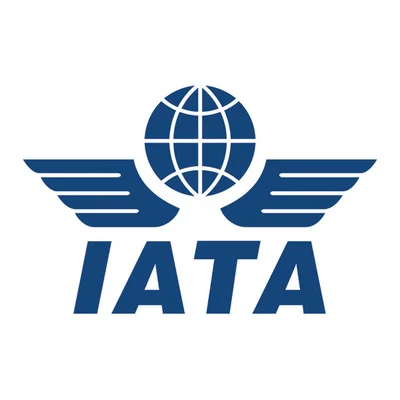While the term "bulletproof" is often used to describe airplane cockpit doors, they are more accurately described as bullet-resistant. This distinction is important as it highlights that while these doors are designed to limit penetration, they are not completely impervious to gunfire.
Before the tragic events of September 11, 2001, cockpit doors primarily served as a barrier between passengers and pilots, providing a quiet environment for flight operations. However, following the attacks, there was a significant shift in focus towards enhancing cockpit security. The U.S. Congress mandated that cockpit doors be reinforced to offer maximum protection against potential threats.
In response to this directive, domestic U.S. airlines received up to $100 million in funding for door upgrades, approximately $13,000 per aircraft. Despite this allocation, the actual cost of upgrading each door ranged from $30,000 to $50,000. Airlines successfully lobbied for additional funds to cover more aircraft.
 Alerts Sign-up
Alerts Sign-up




































